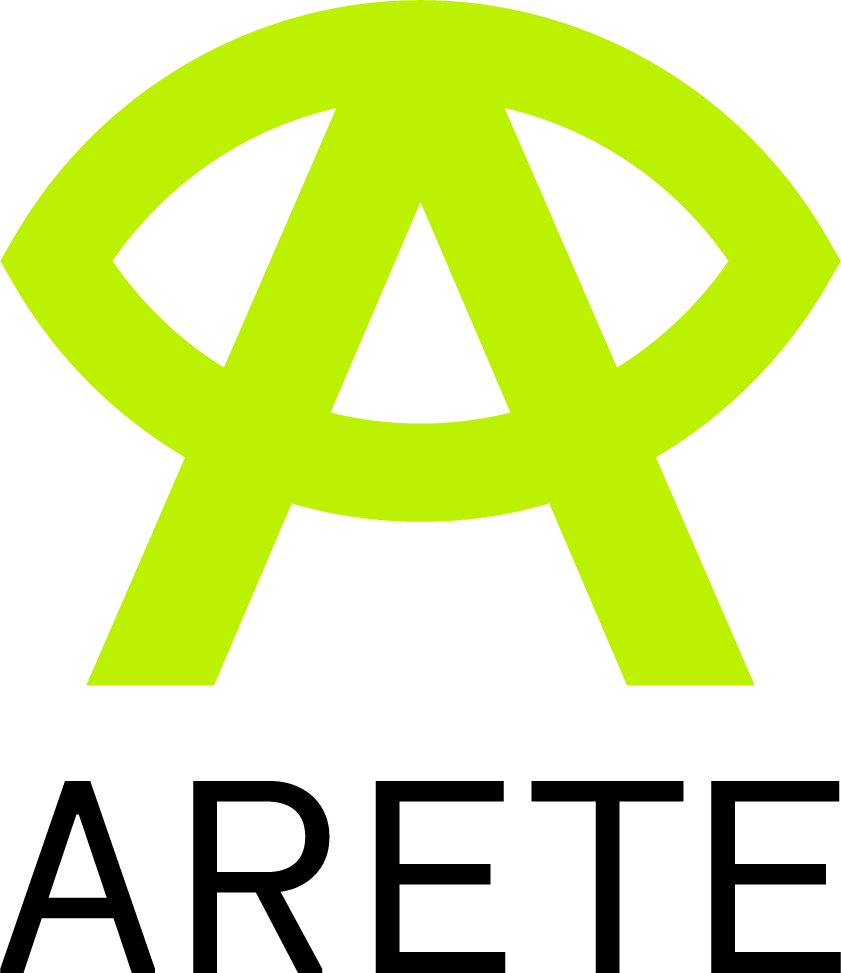Augmenting learning in a K-12 classroom
When it comes to technology integration, education is still far behind other industries slowly recognizing its potential. Only a limited amount of schools is integrating a variety of innovative digital learning tools and enabling themselves to deliver the most excellent education to their students.
The integration of augmented learning in K-12 education is rapidly picking up the pace and affecting the way students at school learn today. Capabilities of Augmented Reality technology help engage students in creating an interactive and engaging learning environment.
One of the biggest advantages of Augmented Reality (AR) is that it doesn't require any specialized equipment. AR combines a real-life scenario that is viewed through the lens of a normal mobile device with digital content, added into the camera perspective by software. It makes it much easier for students to interact with animated content based on pre-set scenarios with, create 3D content and collaborate using this innovative technology. AR works through apps on a regular mobile device that runs Android or iOS, making it possible for students to use individual devices or have the teacher coordinate the collaboration through only one device.
The main focus of the application of AR at schools is to engage students in the lesson and help them develop skills such as critical thinking, creativity, and problem-solving. It’s already been proven that students remember up to 100% of the material that was presented through the augmented learning experience. Furthermore, as a result, their test scores rise as well as overall academic achievement.
Augmented reality brings various educational concepts to life-transforming an ordinary class into an engaging experience. Its application in education provides new ways of teaching and learning focused on creativity and interaction.



